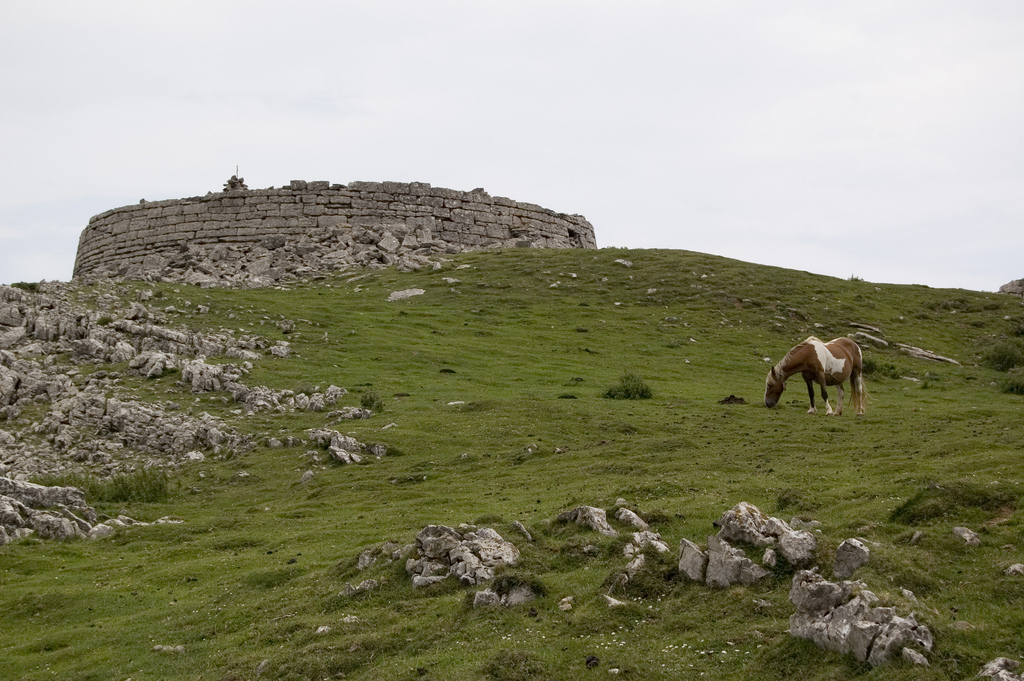
- Among the Ottoman fogs, in a high bullet between Aezkoa and Garazi, is the tower of Urkulu. Involved in mysteries, there are many doubts about the origin and function of the construction.

Until recently, the most widespread theories said that it was a trophy built by the Romans, in the 15th century BC. Built in the first century to celebrate the conquest of the territory of the Vascones. We owe the hypothesis to Jean-Luc Tobie, who first published it in 1976. A few years later, between 1989 and 1991, a group of archaeologists on both sides of the border excavated to try to prove this hypothesis. In these campaigns, the tower was excavated. In addition to some vestiges of the Napoleonic Wars era, a supposed themenus was found, a kind of altar that was used to consecrate the monument. However, these structures were difficult to date, since no archaeological materials of the Roman era were found and sent to date the trace of coal of the altar by carbon 14, but their result was not published anywhere. I, at least, have not found it. This hypothesis therefore had very weak foundations.
This year, on the contrary, engineer and youtuber Isaac Moreno has launched a new hypothesis about the current situation. In his opinion, the trophies such as that of Urkulu were erected to be seen and, as demonstrated by the researchers of the Society of Sciences Aranzadi, the old Roman road passed through Luzaide and Roncesvalles, along the hill of Ibañeta and quite further west of Urkulu. If the Romans put the trophy on him, they would put him there. Moreno has also focused on another nearby peak. There are other signs in Hastategi. The Castilian speakers call him Château Pignon or Castillo del Peñón. According to the documentation, these remnants would be from the beginning of the sixteenth century, built by the Army of Castile during the conquest of Navarra, to control the border area. It should be taken into account that although the Spanish Monarchy conquered Alta Navarra, Baja Navarra remained in the hands of the legitimate kings of Navarra. Well, according to Moreno, the paraments of the fortress of Hastategi and the tower of Urkulu would be identical and, therefore, Urkulu could be of that time.
As for the name, although some have related it to Hercules or pride, according to Patxi Salaberri it should be related to landscapes in the form of a fork, that is, with two connecting collates, two streams or two roads.